Funeral plans for Prince Philip ‘ruined’ by COVID-19 pandemic
For years, Prince Philip’s funeral has been organised with military precision. Plans are in tatters with insiders said to be “desperately anxious”.
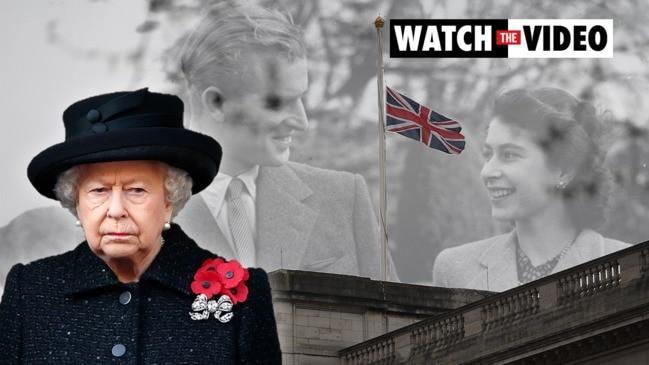
The best laid plans, so the old phrase goes, often go awry. And so they have with the funeral plans for Prince Philip, the Duke of Edinburgh.
Despite the late Prince’s desire to have what has been described as a “lower key” funeral – that was only to be lower key by royal standards. It was still to have involved a 42km procession full of pomp and solemn ceremony to the service.
The funeral procession was a key part of “Operation Forth Bridge,” the carefully crafted arrangements for what would happen after the Duke’s death, from announcement to interment.
But those plans have been “ruined”, palace sources have said, scuppered by the pandemic which is leading to a logistics nightmare for authorities.
Organisers are now said to be “desperately anxious” to ensure that wellwishers don’t risk their own health to pay their respects to the Prince.
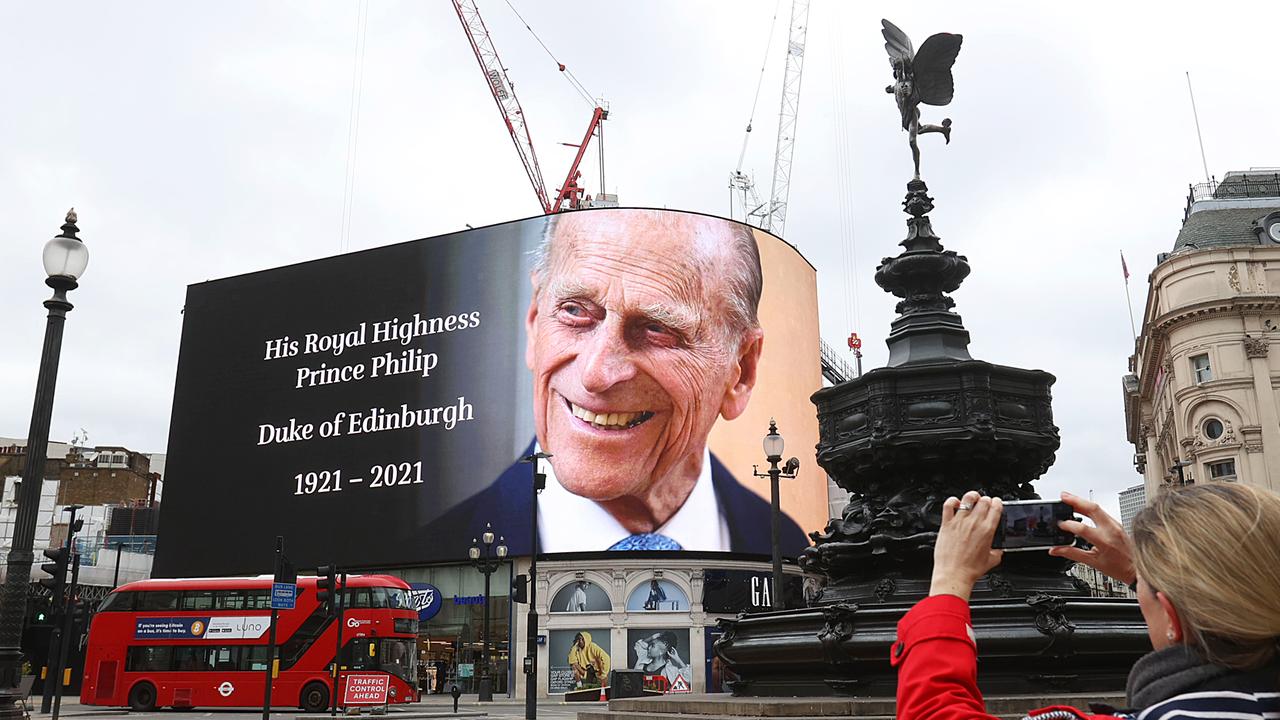
RELATED: Follow our live coverage of Prince Philip’s death
The Duke of Edinburgh died on Friday at Windsor Castle, aged 99. As soon as the Queen gave her blessing, an intricate set of actions begin rolling out, beginning with the announcement of her consort’s death to the press, online and via a framed notice attached to the gates of Buckingham Palace.
The specific plans for the days leading up to the funeral, which will be held at 3pm UK time on Saturday, April 17 (midnight Sydney time, Sunday April 18), were laid out in Operation Forth Bridge, which the Duke himself had a plan in crafting.
He was adamant that as royal send-offs went, he didn’t need all the bells and whistles he might be entitled to.
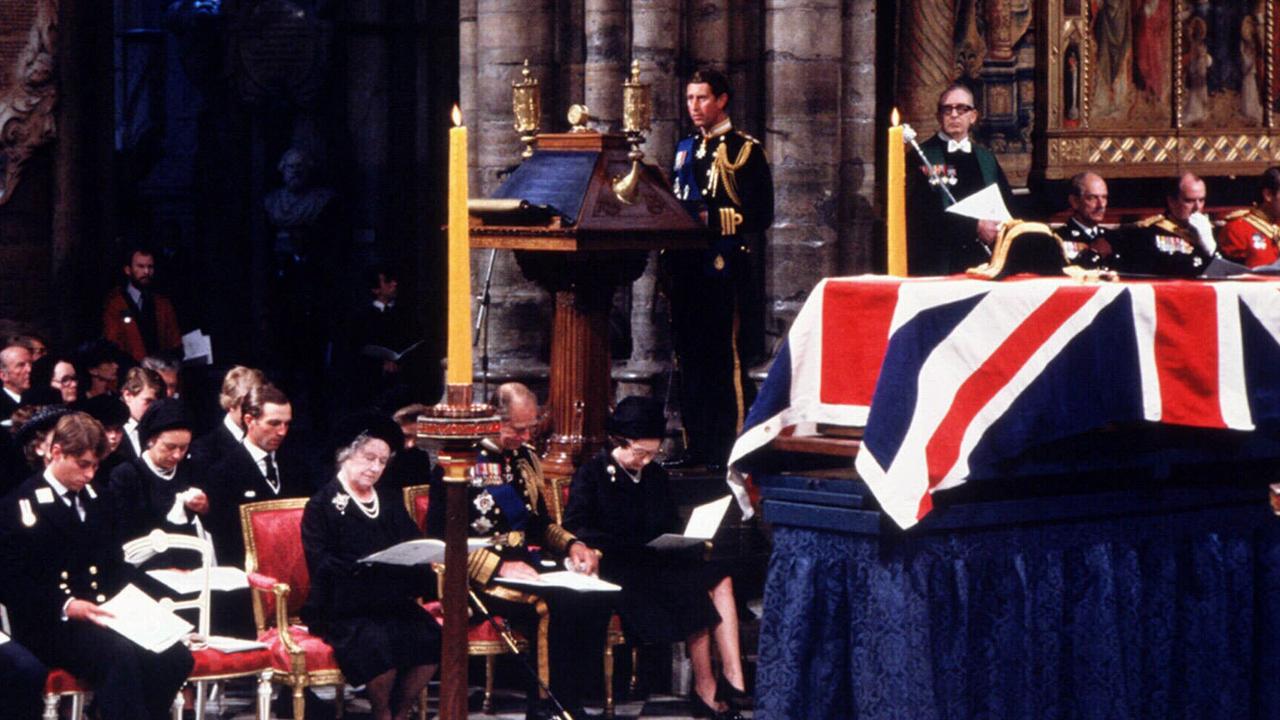
“One thing he did not want was for it to be like the funeral of his uncle, Lord Mountbatten. He did not want that ostentation,” a source told The Guardian.
Unlike Lord Mountbatten, who was killed by Irish republican terrorists in 1979 and had his service among the grandeur of Westminster Abbey, the Duke opted for the less opulent and more private St George’s Chapel on the grounds of Windsor Castle instead.
It’s the same chapel where the Duke and Duchess of Sussex were married.
RELATED: Prince Harry to attend Philip’s funeral without Meghan
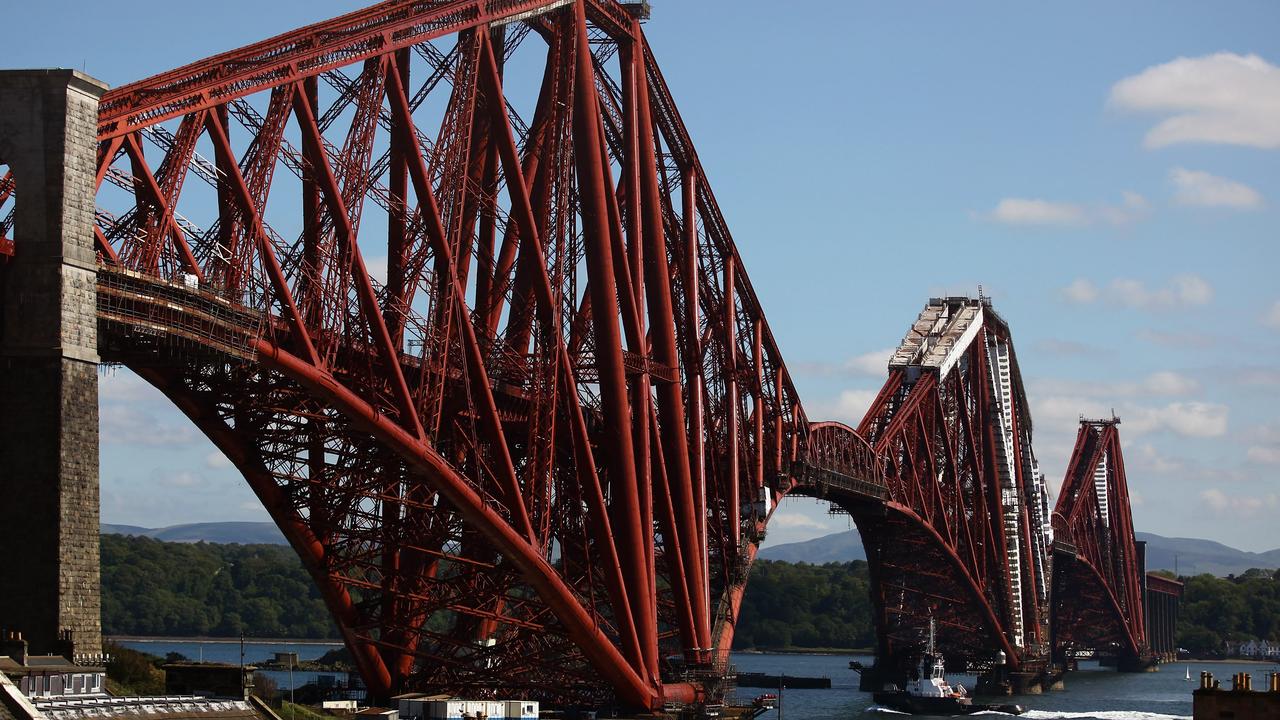
Operation Forth Bridge: The Duke’s original funeral plan
It will not be a state funeral, which he was entitled to, but a “ceremonial royal funeral”.
That was “very much in line with the Duke of Edinburgh's own personal wishes,” a statement from Buckingham Palace stated.
The Prince also did not wish his body to lie in state, as the Queen Mother’s did, and which allowed the public the opportunity to file past. Instead, he wanted it to lie in rest, privately at Windsor Castle.
As set out in Forth Bridge, named after the famous bridge just north of Edinburgh, his coffin would then have been taken from Windsor Castle, to St James’s Palace in London.
From there, the plan was for it to be carried on a ceremonial gun carriage through the streets of London to allow the public to pay their respects.
A horse drawn procession would have been standard. However, the Duke is said to have banished most of the horses and wanted service personnel to be present instead.
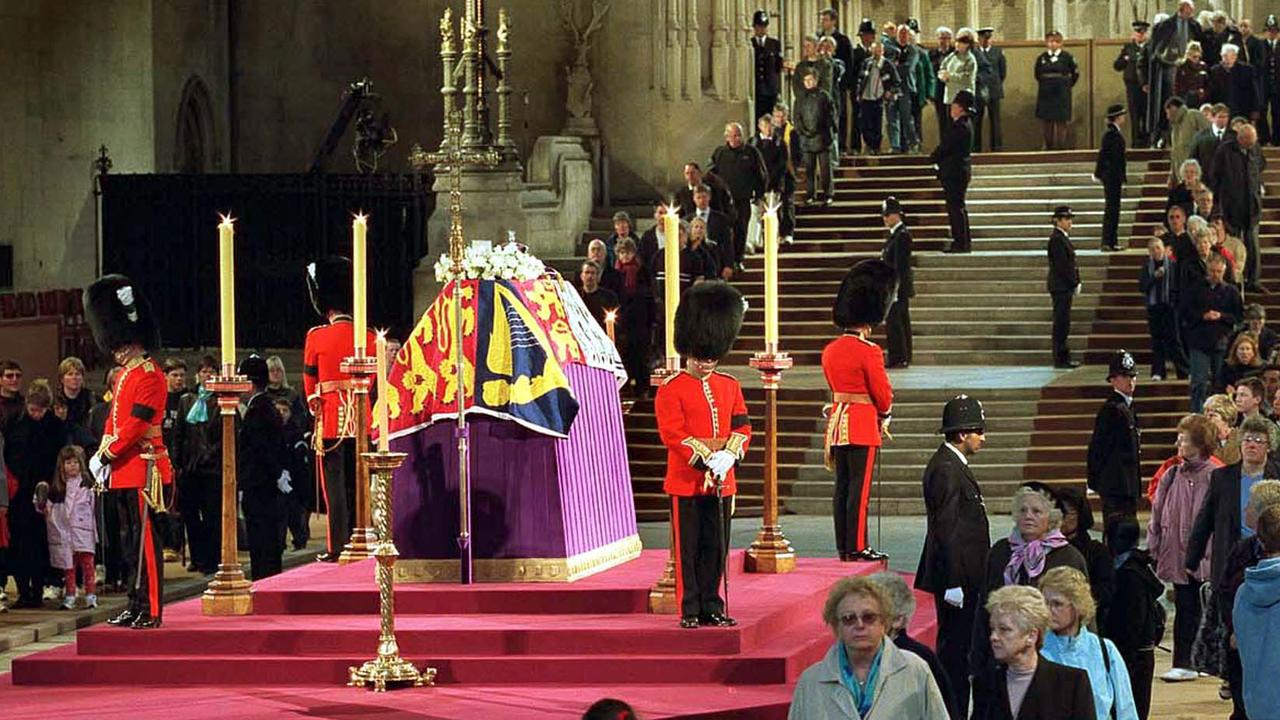
The following day, a 26 mile (42km) funeral cortege would have seen the coffin placed within a specially adapted Land Rover vehicle, which the Prince himself helped to design, and ferried back to Windsor Castle, just west of London.
Winding its way through suburban London streets and country lanes, thousands of members of the armed services and charities the Prince was involved in would have lined the routes as well as the public.
Once at Windsor, hundreds of dignitaries would have squeezed into the chapel. Not just royals, but British political leaders, including, of course, Prime Minister Boris Johnson and also likely the First Ministers of Scotland, Wales and Northern Ireland.
Leaders would have flown in from Commonwealth nations and royal families from across the world. It’s very likely the Governor-General David Hurley and Prime Minister Scott Morrison would have been on the invite list.
But COVID-19 has thrown a huge spanner in the works. While Britain may be ahead of the pack when it comes to vaccinations, the rollout is not yet complete and the virus is still spreading, albeit at a slower pace than previously.
A tight lockdown that has been in place since after Christmas will only have slightly eased by the time of the funeral.
Regulations in England only allow 30 people at funerals.
RELATED: Prince Philip’s life of duty

Pandemic has ‘ruined’ funeral plans
“COVID-19 has ruined the arrangements and members of the public are encouraged not to gather in crowds, and to commemorate privately,” a royal source told The Sun.
The Duke’s desire to not have a full state ceremony has made adapting the plan easier. There are fewer events to adapt or cancel.
However, the 42km funeral cortege will have to be scrapped entirely. Any procession in public view would be likely to encourage mourners to the streets.
But the modified Land Rover will still make an appearance. At 2.45pm UK time next Saturday (11.45pm, Sydney time) the coffin will be removed from a private chapel in the castle and placed on the vehicle in the Quadrangle.
It will then inch its way through the castle grounds with pallbearers from the Royal Marines and with members of the royal family walking behind.
Military personnel will flank the short route while guns fire and the bell from the Curfew Tower tolls.
The G-G and PM may not be there, but Australia will be represented. Commonwealth Defence Advisers from Australia, New Zealand, Canada and Trinidad and Tobago are in the running order and will be in attendance at the castle.
Wrapped in the Duke’s standard, his personal flag, the coffin will be carried up the steps into the chapel. A minute’s silence will be held and then the funeral service will begin.
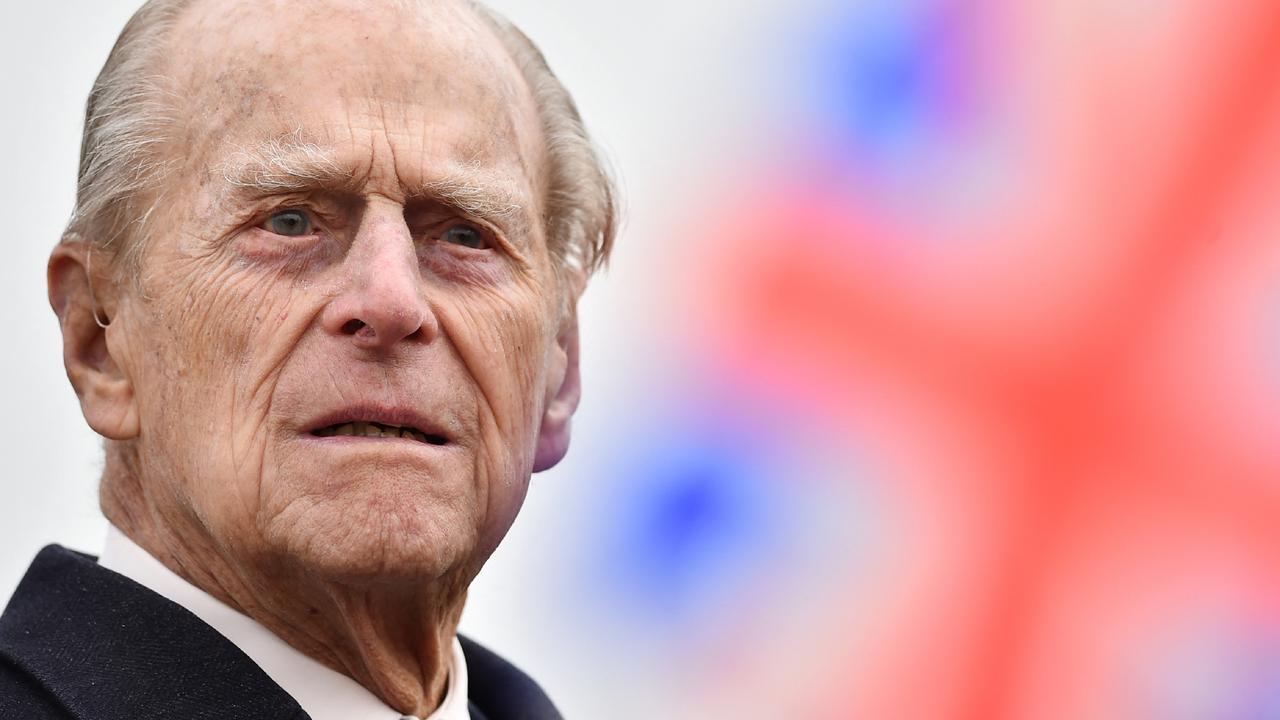
The 30 person limit means the guest list will be exceptionally tight. Allowed inside will be the royals themselves, including Prince Harry who has flown in from California, and potentially a smattering of staff from the household.
That’s about it, though, Not even the British PM will be there, let alone foreign leaders.
The Duke will then be interred in the Royal Vault within the chapel itself before an expected burial at Frogmore Gardens in the castle grounds.
A statement from the royal family regarding the funeral said, “The occasion will recognise and celebrate the Duke’s life and more than 70 years of service to the Queen, the UK and the Commonwealth.”
But for COVID, the plans were for that to be a far grander occasion.




